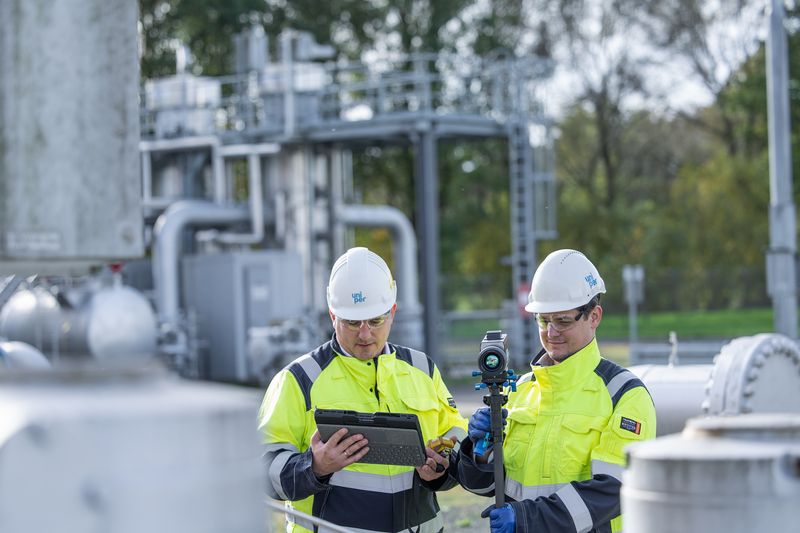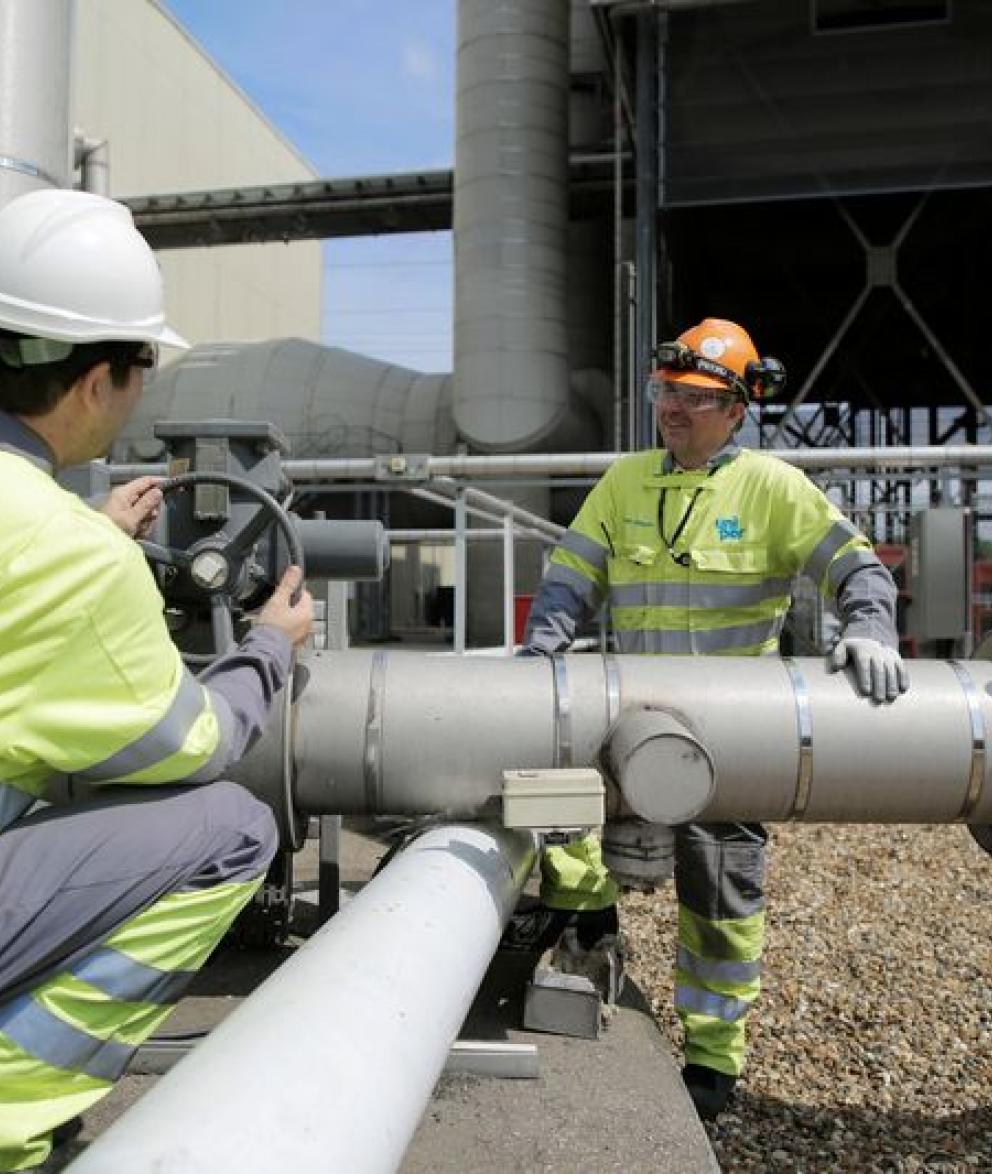Where methane emissions occur and how we avoid them
The future of gas may belong to hydrogen and biogas. But for the decades ahead, natural gas—90% of which is methane—will remain a vital energy source. It heats over 30% of Europe’s households1, provides 20% of its electricity2, and fuels 32%3 of its industrial processes. But methane – besides carbon dioxide – is a very potent greenhouse gas (GHG). Methane directly disposed to the athmosphere - either human made or by natural sources - are expected to account for one fourth of GHG-induced climate change. That´s why reducing methane emissions is essential.
Many researchers estimate that humans are responsible for about 60% of global methane emissions (the other 40% comes from nature, primarily from wetlands). Of this, agriculture—mostly ruminant livestock and the decay of manure—accounts for the biggest share (40%). The other main sources are the oil and gas industry (23%), landfills and wastewater (20%), and coal mining (12%). The cloud is that methane is 80 times worse for the climate than CO2 over a 20-year span. The silver lining is that it doesn’t loiter in the atmosphere for long—only for about 12 years4. Concerted action could therefore swiftly lower atmospheric concentrations and tangibly slow global warming.
Natural Sources of Methane
Nature's contributions are significant but manageable
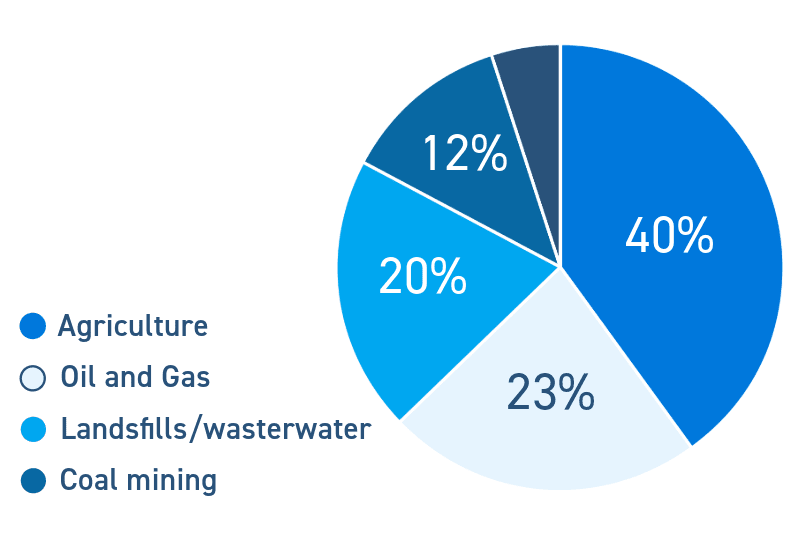
Responsible for methane emissions
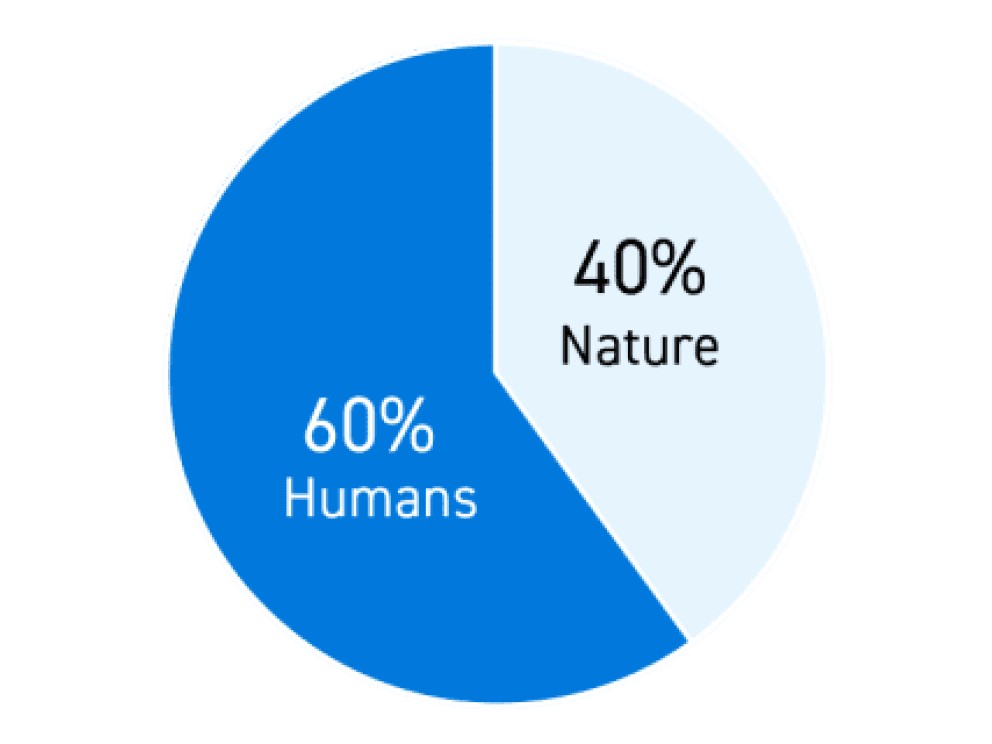
1: ec.europa.eu/eurostat/statistics-explained/index.php?title=Electricity_and_heat_statistics
2: ember-climate.org/insights/research/european-electricity-review-2023/
3: ec.europa.eu/eurostat/web/products-eurostat-news/w/ddn-20221202-2
newscenter.lbl.gov/2020/08/13/global-methane-emissions-soaring-but-how-much-was-due-to-wetlands/
Save it, sell it
The oil and gas industry is a significant source of global anthropogenic methane emissions, especially through production leaks, venting and flaring as well as leakages in natural gas infrastructure. Being one of Europe’s leading gas companies makes the oil and gas industry most relevant for us. And the International Energy Agency (IEA) estimates that this industry could cut its methane emissions by 40% at no net cost using existing technologies; the European Commission thinks that a 75% reduction is possible by 2030 with few additional costs. Both assumptions are based on the fact the remedies generally pay for themselves: every cubic meter of methane they prevent from leaking can be sold for a profit. But in fact this depends on the emission quantities of the individual gas installation, as low emitting facilities will have only limited spare potential, but need to apply similar measures.
The aforementioned concerted action to achieve these reductions is under way. More than 150 countries representing 70% of the global economy and nearly half of anthropogenic methane emissions have signed the Global Methane Pledge. Signatories have committed to reducing global methane emissions by at least 30% by 2030 relative to 2020. In addition, more than 80 companies from a total of 60 countries have jointed the Oil and Gas Methane Partnership 2.0 (OGMP 2.0), the United Nations’ flagship oil and gas reporting and mitigation program. Uniper is an OGMP 2.0 founding member, and its reporting has earned the partnership’s Gold Standard. Our participation has enabled us to tangibly benefit from the sharing of knowledge and best practices.
Oil & Gas Methane Partnership 2.0 (OGMP 2.0) is an initiative of the Climate and Clean Air Coalition, launched by the United Nations Environment Programme in partnership with the European Commission, the British government, the Environmental Defense Fund, and leading oil and gas companies. More than 80 companies with facilities in over 60 countries across five continents have joined OGMP 2.0. OGMP 2.0 is the new reporting framework that will enhance the accuracy and transparency of anthropogenic methane emissions in the oil and gas sector.
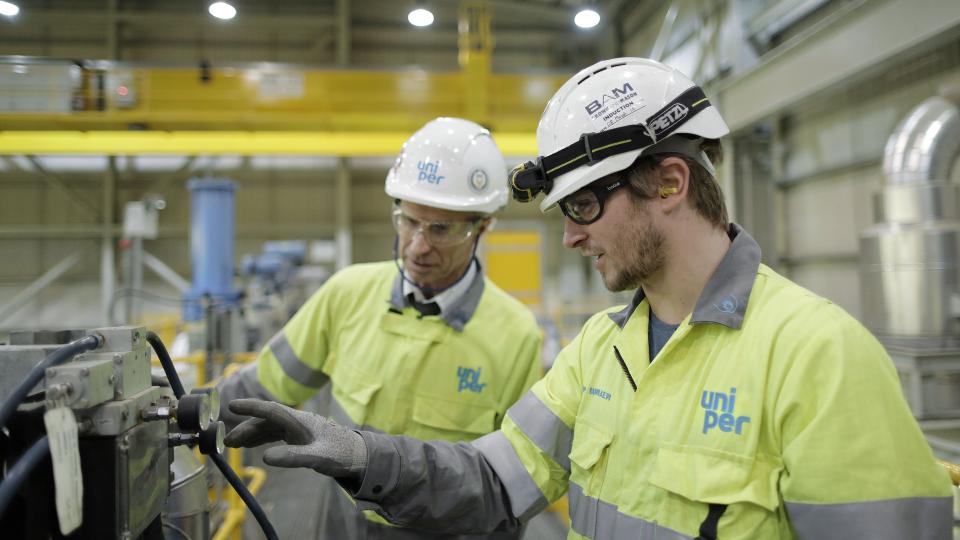
Spot, avoid, reduce, and optimize: mitigating methane emissions at Uniper
Uniper Energy Storage (UST), our wholly owned gas storage subsidiary, is one of Europe’s largest gas storage operators. It offers storage customers access to a total of nine underground gas storage facilities in Germany, Austria, and the United Kingdom with an aggregate working gas capacity of 80 TWh—enough gas to supply more than 20 million households for three months. UST has embraced the OGMP 2.0 target of halving its methane emissions by 2025 relative to a 2015 baseline. It reduces emissions by adopting a four-pronged approach: spot, avoid, reduce, and optimize.
Spot and avoid: Uniper permanently monitors the operating pressure of its facilities. We also spot leaks by inspecting components on a regular basis and by using gas sniffers as well as laser detection systems to identify possible leaks. Avoidance is a broader topic. It involves actively embedding leak avoidance into every aspect of operations and maintenance. If a component needs to be replaced, for example, UST meticulously plans the procedure to minimize the possibility of fugitive emissions.
Reduce and optimize: The gas industry used to simply discharge gas from components and pipeline segments that needed maintenance or repair. Uniper has put in place processes to recirculate the gas beforehand to another part of the system to largely eliminate the chance of leakage. Storage facilities sometimes need to purposely release gas, for example to keep them in a safe condition. In such cases, the gas is purposely ignited (the technical term is “flared”) because the carbon dioxide that results from combustion is far less harmful to the climate than methane. We conduct flares in a way that burns all the gas to avoid any residual emissions. Optimization is different. Like avoidance, it’s ongoing. We review our measurement methods and equipment on a regular basis and explore new options for both. We also continually look for ways to optimize facility design and technical procedures from a leak-prevention standpoint.
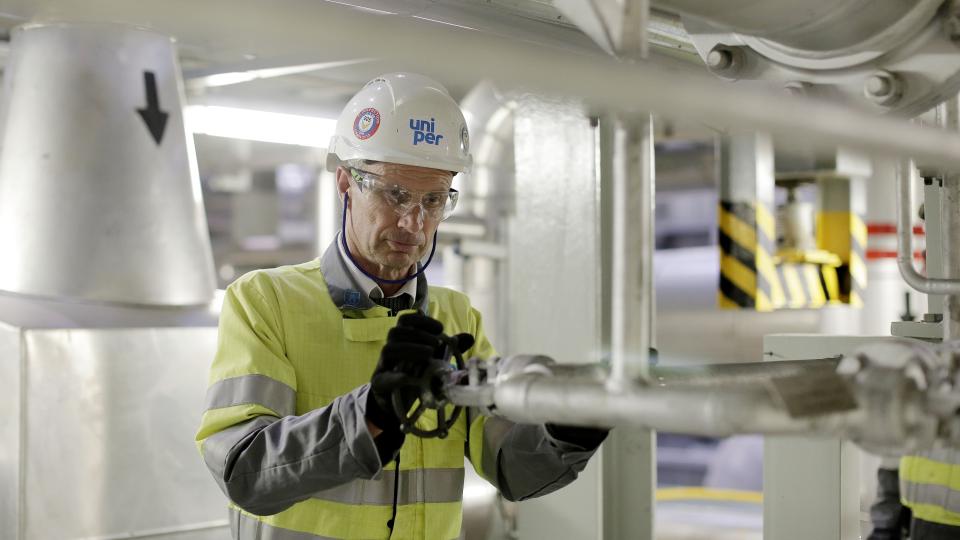
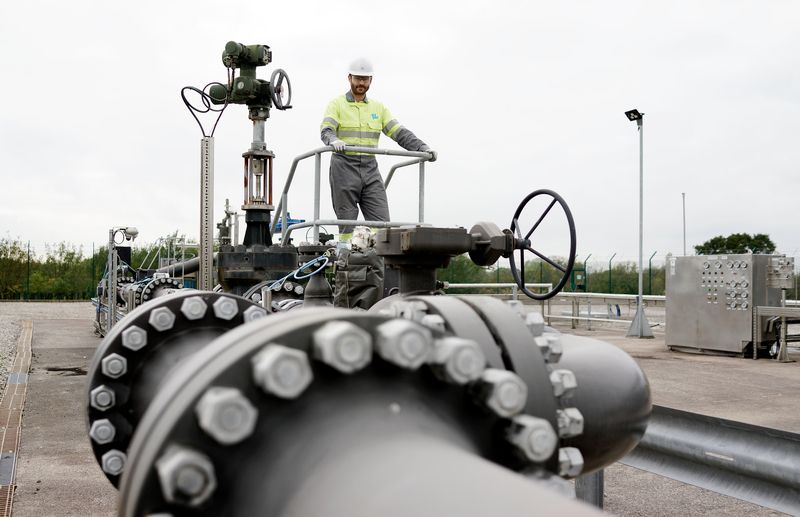
Target achieved ahead of schedule
Uniper’s fugitive methane emissions for gas storage in 2015 amounted to about 600 metric tons per year. As stated above, its OGMP 2.0 target is to reduce them by 45% by 2025. Impressively, we achieved this target back in 2020, when we recorded fugitive emissions of just 300 metric tons. Considering that Uniper Storage has a total gas storage capacity of over 89 TWh, we believe this to be an excellent performance. But our improvement potential has limits, as the complete elimination of fugitive emissions is technically impossible. Nevertheless, we’re committed to working systematically toward further meaningful reductions.
Looking ahead: EU-wide rules
The European Union intends to adopt a methane emissions regulation, which we believe will significantly enhance the abatement of methane emissions. It prescribes an annual leak detection and repair (LDAR) program for all operators. But a broader requirement for identified leaks to be repaired within a reasonable timeframe would be welcome, as would a limitation—but not a ban—on venting and flaring, since both can be necessary in emergency situations. The regulation is expected to come into force in 2024. Our systematic LDAR already puts us in compliance with the regulation and will enable us to make continual progress toward minimizing fugitive emissions.
